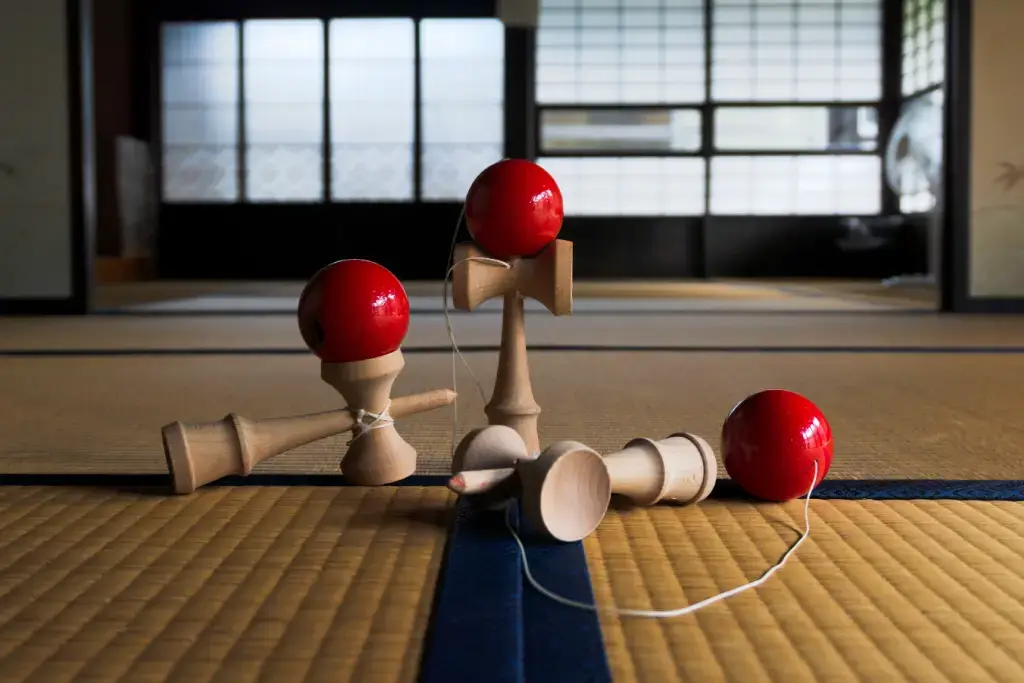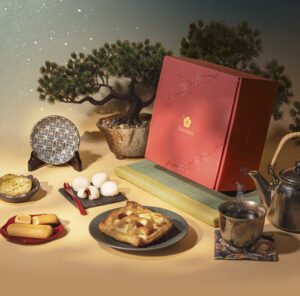Let’s explore the world of traditional Japanese games, each with cultural significance and entertainment value. People of all ages enjoy these classic games and have captivating stories behind them. Take a journey into Japan’s cherished traditional games today, starting with karuta!
Table of Contents
ToggleKaruta
Karuta is a traditional card game with two main types of play: Iroha-Karuta and Ogura Hyakunin-Isshu Karuta. Iroha-Karuta has two sets of 100 cards each—reading cards with proverbs, playing cards with matching pictures, and the first hiragana letter of the proverb. The game is suitable for children while they learn hiragana. Players race to touch the matching playing card after someone reads a reading card.
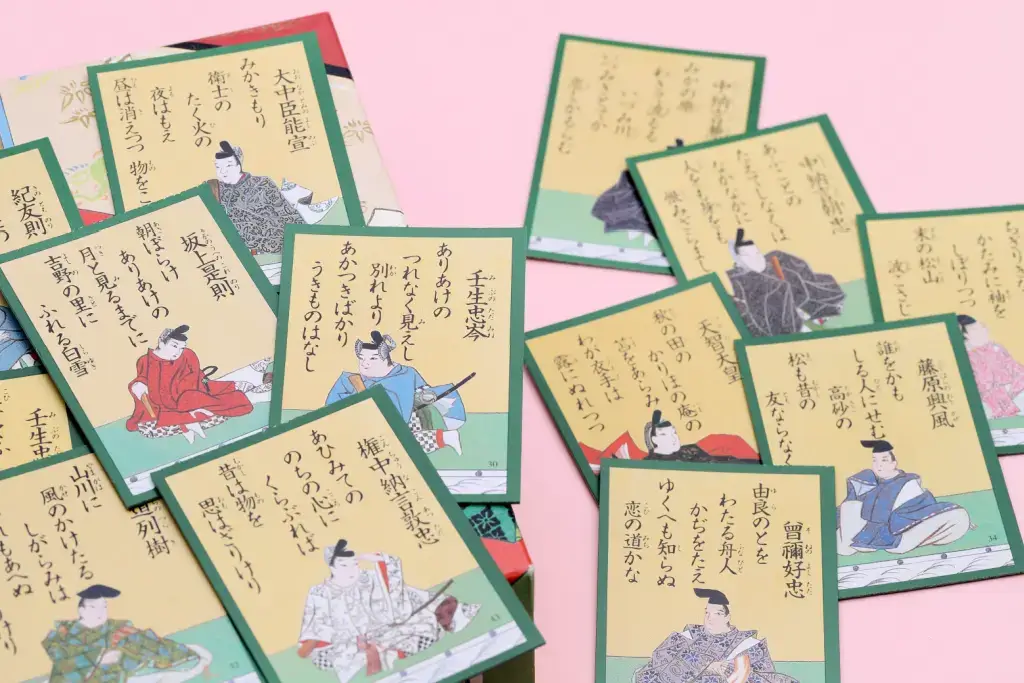
Ogura Hyakunin-Isshu Karuta, or Uta-karuta, involves reading cards with complete poems in kanji and hiragana and playing cards with the second half of the poems. This type is popular among all ages and even has a competitive scene. Karuta became popular during the Edo period and remains widely played in Japan, particularly during New Year holidays and in competitive settings with rules and rankings.
Beigoma
Beigoma, a traditional spinning top game, dates back to the Heian period (794-1185). Originally known as baigoma, it evolved into beigoma in the Kanto region. The game gained popularity among children, and different variations developed, including tops shaped like sake cups and ceramic ones. Some tops were decorated with the names of famous baseball stars like Sadaharu Oh and Shigeo Nagashima, adding to their appeal.
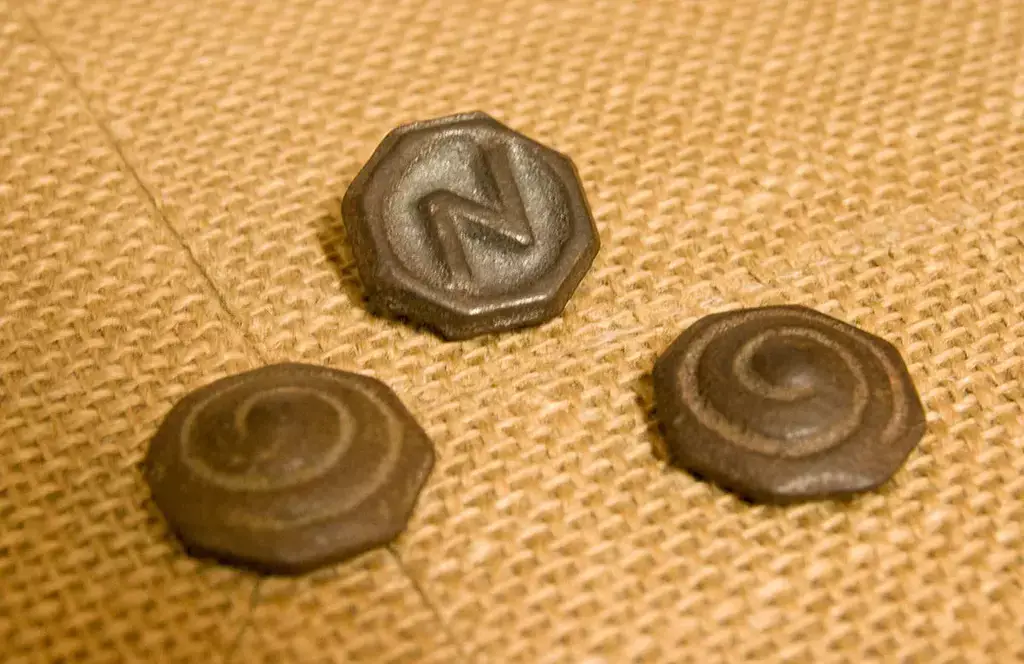
Beigoma was once considered a boys’ game but has become popular for girls. It is traditionally played during New Year’s and is also the inspiration for the modern spinning top game Beyblade! While traditional Beigoma has lost some appeal because it is not as flashy as modern toys, plenty of enthusiasts are willing to share their love for the game!
Shiritori
Shiritori is a word game that helps with building vocabulary. Originating from the words “shiri” (rear) and “tori” (to take), it’s a game where players pick up where the previous word left off, connecting words based on their last syllables. While traditionally played among children, it remains popular across age groups. The game’s basic rules do not allow words ending in “ん” (n) and repetition, so players have to think carefully when it’s their turn.
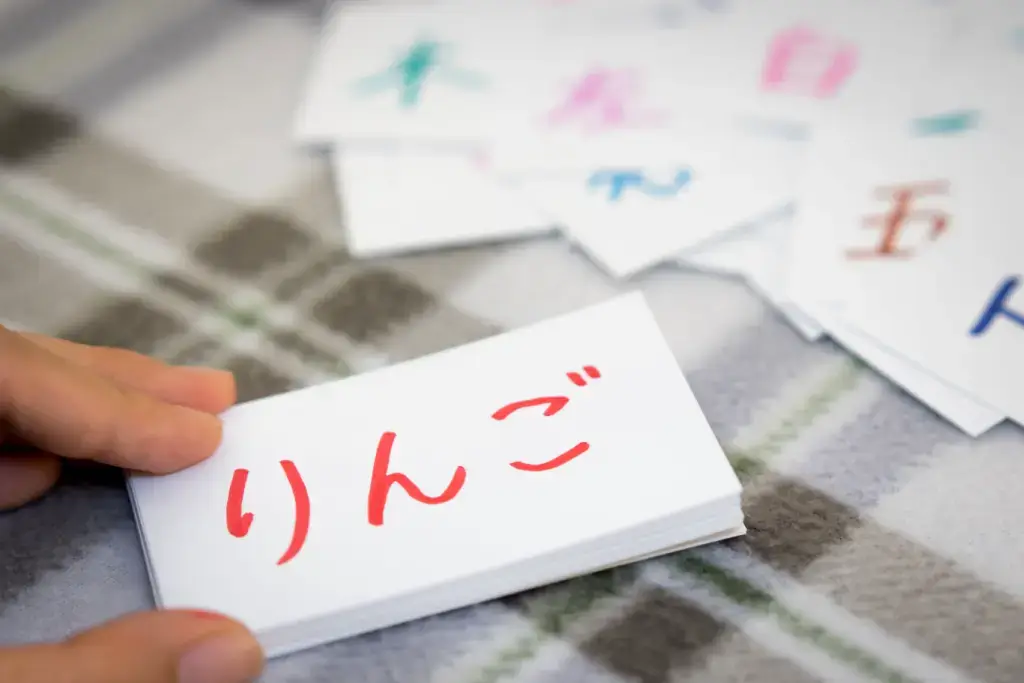
Additionally, shiritori offers various gameplay variations to cater to different preferences and skill levels. Variants include themed categories, limiting words to nouns, or incorporating rhythm elements. Shiritori is an excellent tool for Japanese learners, providing an engaging way to practice language skills.
Hanetsuki
Hanetsuki is a game like badminton, becoming a pastime for girls during the Muromachi period. Played without a net, it involves hitting a brightly colored shuttlecock back and forth using wooden paddles. Traditionally played during the New Year, the goal is to keep the shuttlecock in the air as long as possible without touching the ground. Dropping the hane results in a penalty, while keeping it in the air brings protection for the upcoming year.
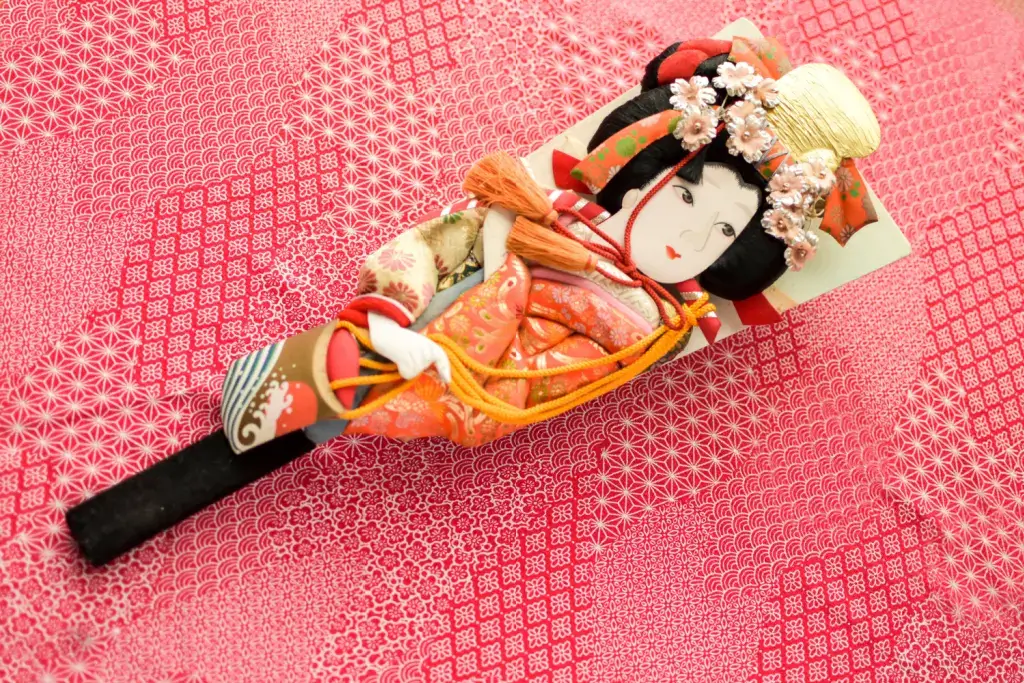
Despite declining popularity, the ornate wooden paddles used in hanetsuki have become sought-after collectibles. The Hagoita Market, held annually in mid-December at Tokyo’s Sensoji Temple in Asakusa, offers a variety of beautifully decorated paddles for sale. These paddles come in different sizes and feature intricate designs, like kabuki actors, Edo-era ladies, or portraits of celebrities and famous figures.
Are you looking for great snacks while playing traditional Japanese games? Check out Sakuraco! Sakuraco delivers traditional Japanese snacks, teas, and sweets from local Japanese makers directly to your door so you can enjoy the latest delicacies directly from Japan!
Hanafuda
Hanafuda, or “flower cards,” is a classic card game. Initially, the game was inspired by the aristocratic practice of comparing objects for their beauty. Over time, it evolved into hanafuda, featuring beautifully illustrated cards divided into 12 suits. Each suit represents a month of the year with flowers and other themes. The game became popular despite facing bans due to gambling concerns, and today, it’s enjoyed by players of all ages.
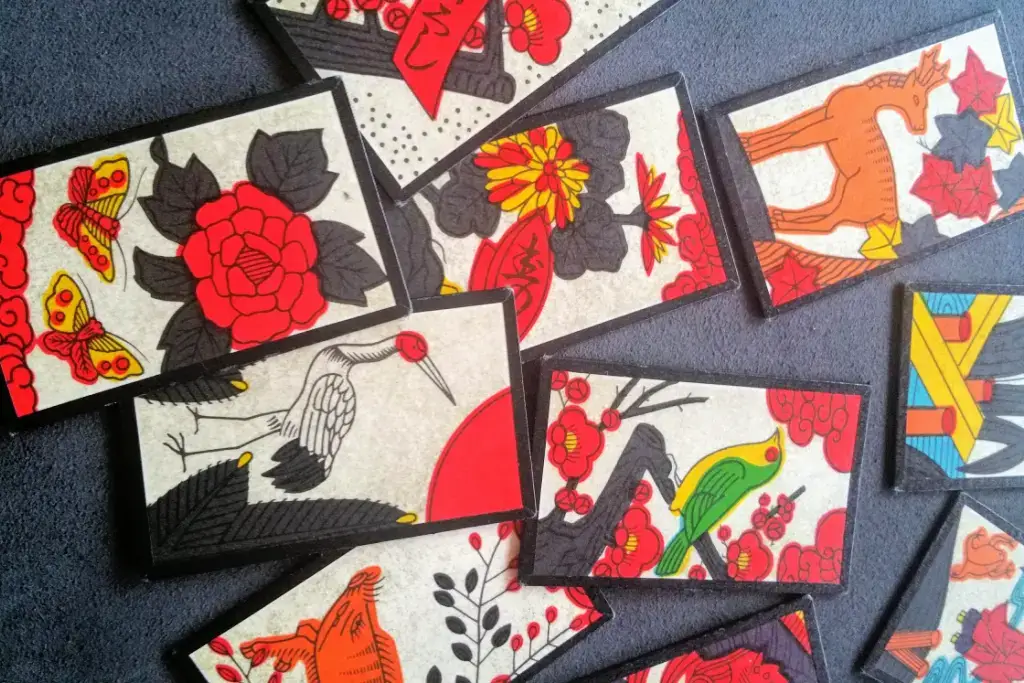
To play hanafuda, players aim to match cards based on their assigned categories, earning points over several rounds. The most popular variation, “koi koi,” involves strategic card matching and doubling for extra points. Hanafuda cards are also cultural artifacts with designs that reflect traditional Japanese aesthetics. Additionally, interested players can find hanafuda cards at various shops in Japan. They were also featured in the film Summer Wars.
Shogi
Shogi, often called Japanese chess, boasts a history that traces its roots from India through China and Korea before settling in Japan. Unlike its Western counterpart, Shogi is played on a giant 9×9 board featuring 81 squares where intricate battles unfold between two players. What sets shogi apart is its unique rules, such as the ability to revive captured pieces, which adds complexity and strategy to the game.
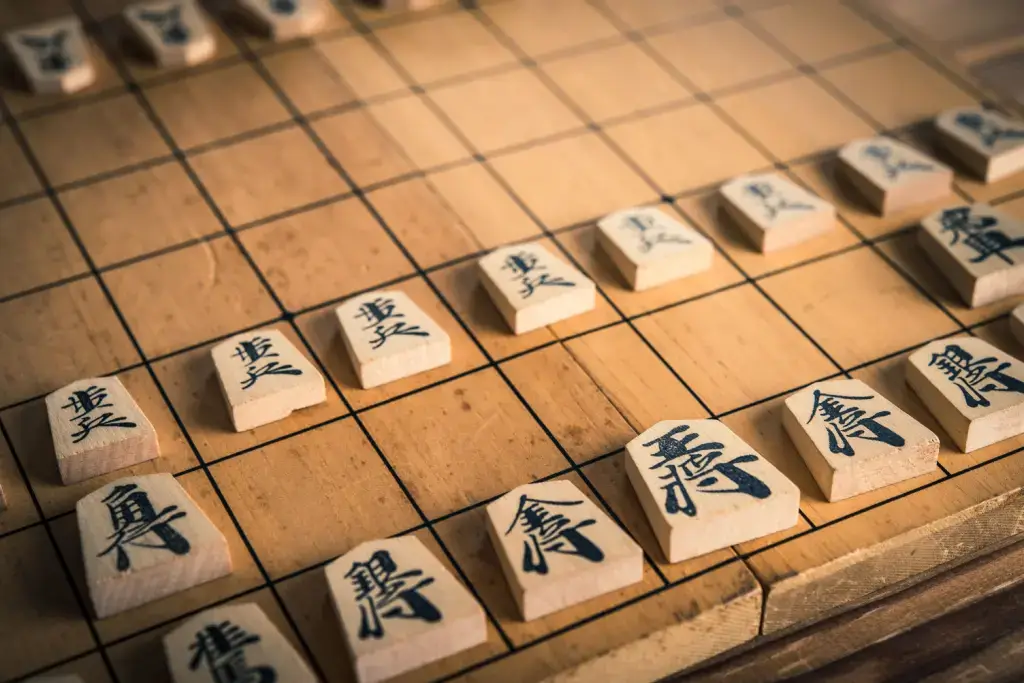
Each player begins with a formidable army of 20 pieces, including foot soldiers, lances, knights, generals, bishops, rooks, and a king on the board. These pieces move and capture in distinct ways, with the potential for promotion upon reaching enemy territory. Recycling captured pieces ensures no game is over until one player successfully checkmates the opponent’s king.
Go
Go, an ancient board game, spread to Japan around 500 CE, gaining popularity during the Heian period and flourishing further during the Tokugawa period. The game generally involves placing black and white stones on a 19×19 grid board to capture territory and the opponents’ stones. The game’s simplicity yet depth of strategy makes it suitable for everyone, while its competitive scene includes professional players who undergo extensive training and tournaments.
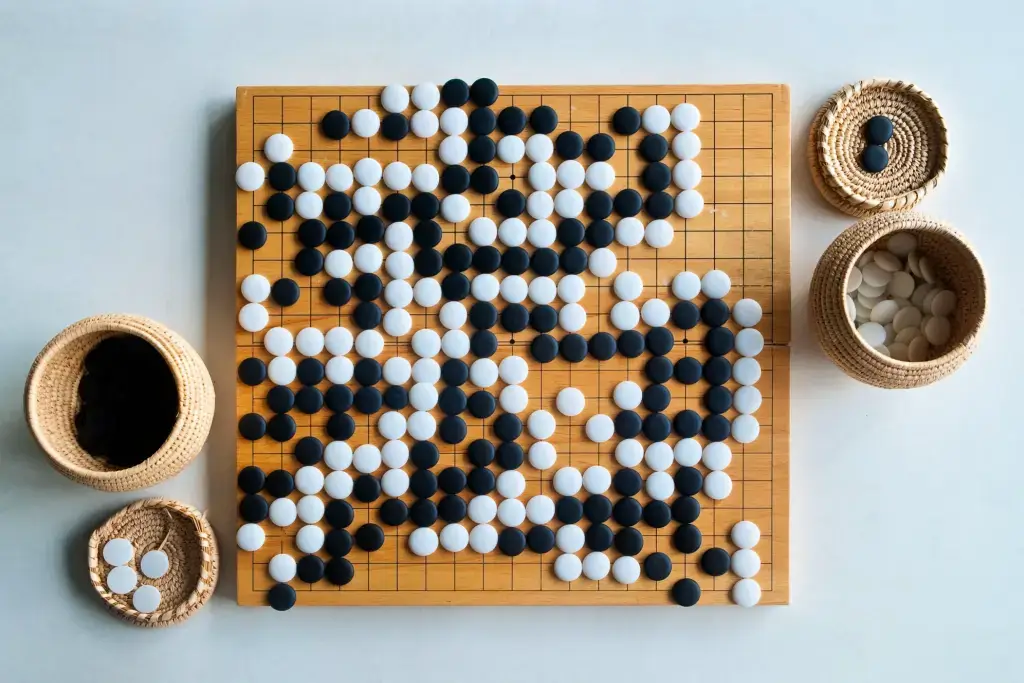
Players take turns placing stones on intersections of the board. The objective of the game is to control more territory than the opponent. The game’s rules are straightforward, allowing for endless possibilities. Go has gained global popularity, attracting players from all over. Handicap rules ensure fair play between players, while endgame scoring determines the winner based on territory and captured stones.
Traditional Japanese games like Karuta, Beigoma, Shiritori, Hanetsuki, Hanafuda, Shogi, and Go offer entertainment and cultural heritage. These timeless classics provide valuable insight into Japanese history and traditions, making them perfect for seasoned players and curious newcomers. Dive into the world of these fascinating games to enjoy endless fun and be a part of their history! Have you ever played any of these games? Which one did you play? Let us know in the comments below!

